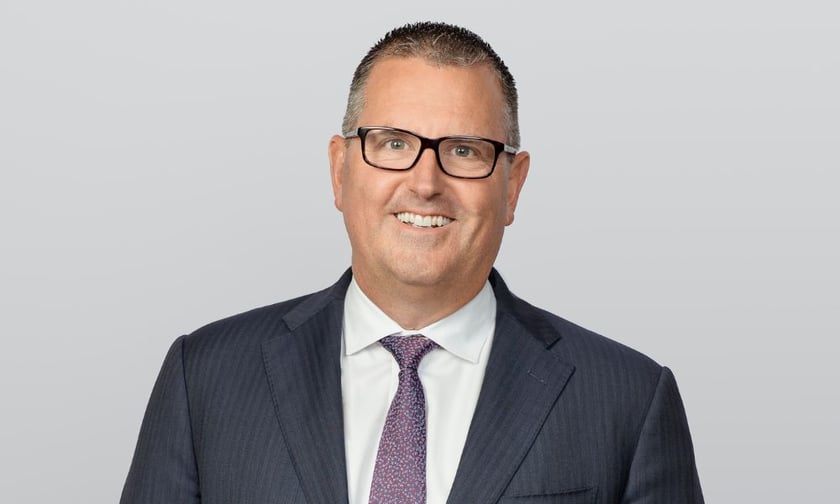

Earlier this month, leaders from Australia’s biggest insurers appeared at the government’s inquiry investigating the industry’s response to the 2022 floods. More insurers are appearing this week.
During his appearance, Allianz Australia’s managing director, Richard Feledy, strongly reiterated his firm’s support for a government insurance pool to cover floods.
“I think we’ve seen the establishment of a pooling arrangement for communities where affordability is a real issue already in the north of the country as part of the cyclone pool,” said the managing director. “Certainly, as an organization, we fully support the extension of that pool into high risk existing properties.”
Given the lack of affordability and availability of flood covers in Australia’s high-risk areas, is a government subsidised flood pool, modelled on the Cyclone Reinsurance Pool, a good idea?
During an interview last week with IAG’s CEO Nick Hawkins (pictured above), Insurance Business asked the question: so where does IAG stand on establishing a government funded flood pool, much like the current cyclone pool?
“I think that’s a big question for our country,” said Hawkins.
He said “we know” that Australia is going to experience an increased severity and frequency of natural catastrophes. Over the last century, said Hawkins, properties have been built in places that are subject to this increased severity and frequency.
As result, he said, “unfortunately” the future will see these risks going up.
“We know that the only real solution to that over time is investing in mitigation [and] strengthening resilience,” said Hawkins. “As well as making sure that anything we do next is in line with that expectation around planning decisions we’re making.”
The CEO said this includes factors like the location of property developments, building standards and the strength of roofing tiles.
“Just to strengthen the country,” said Hawkins.
Then, he said, comes the “challenge” of “how do we manage that?”
Hawkins said insurance plays an important role.
“We’re the shock absorber helping businesses and customers manage that,” he said. “Government is also supporting that - and that affordability question that importantly comes into that discussion.”
He described a government funded flood pool as one possible way of managing nat cat risks.
“A flood pool is a mechanism,” said Hawkins.
However, the tone and content of his response suggested it is not his favourite option.
“I’d like to think that our country is going to look broader than just that,” said Hawkins. “If we have to come up with some interim solutions over the next five to 10 years to help, before we get the benefits of investment [in prevention and mitigation], there are a number of solutions available, subsidies and other types of arrangements.”
The IAG CEO said he’d “like to think” that the government is going to look at a “full spectrum” of ways that support could be offered to people and businesses in “higher perils risk” locations.
IB asked Hawkins if his answer indicated possible support for government subsidies but not for a government funded cyclone pool?
“I think we need to look at a whole range of options that are available before we sort of jump to what is the best outcome for our country,” he said.
The Australian Reinsurance Pool Corporation (ARPC) administers the cyclone pool which is backed by a $10 billion government guarantee. According to the ARPC’s website, the pool was “designed to lower insurance premiums for households and small businesses with high cyclone and related flood damage risk by reducing the cost of reinsurance.”
A fact sheet on the website explains that the ARPC is monitoring insurance premiums “to ensure savings are passed through to policyholders.”
In a media release, the Minister for Financial Services, Stephen Jones, said the government estimated that the pool would be covering 95% of home insurance policies by November last year.
However, some industry stakeholders have raised serious questions about whether the cyclone pool is functioning as intended.
Early this month, four consumer advocacy groups, including the Australian Consumers Insurance Lobby (ACIL), announced they had sent the Insurance Council of Australia (ICA) a formal request for an explanation for the “lack of insurance coverage offered in Northern Australia, despite the implementation of the Cyclone Reinsurance Pool.”
A joint media release from the groups blamed ongoing insurer reluctance to provide quotes for new policies as “exacerbating” the strata market’s serious market shortfall in Northern Australia.
What do you think of a government backed flood pool to cover high flood risks? Please tell us below
